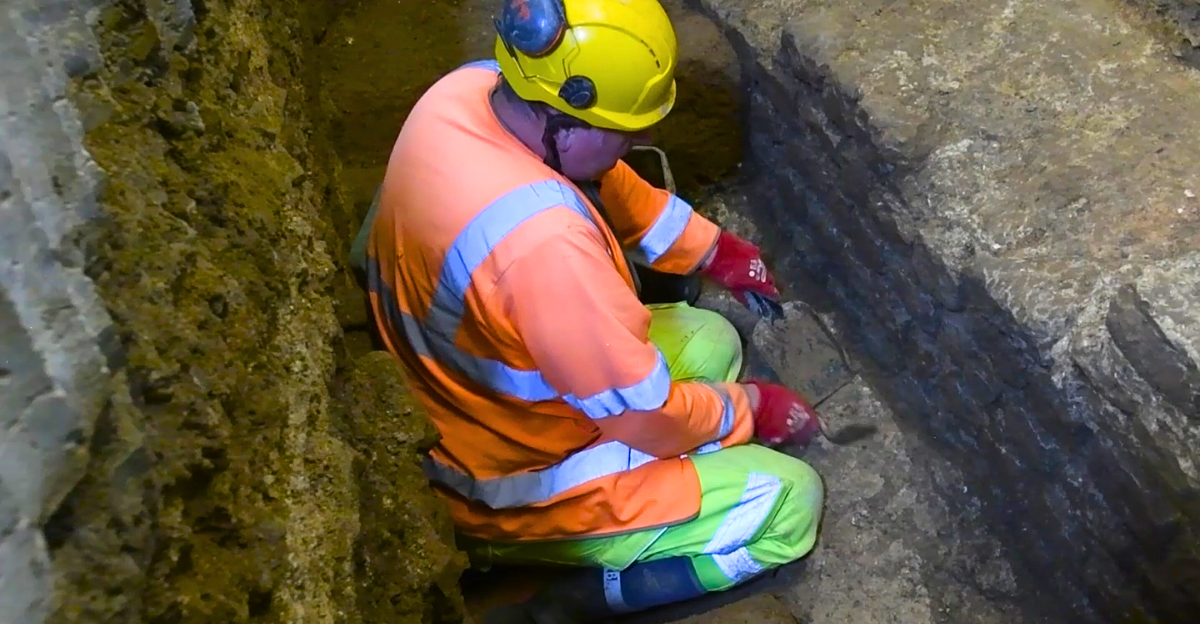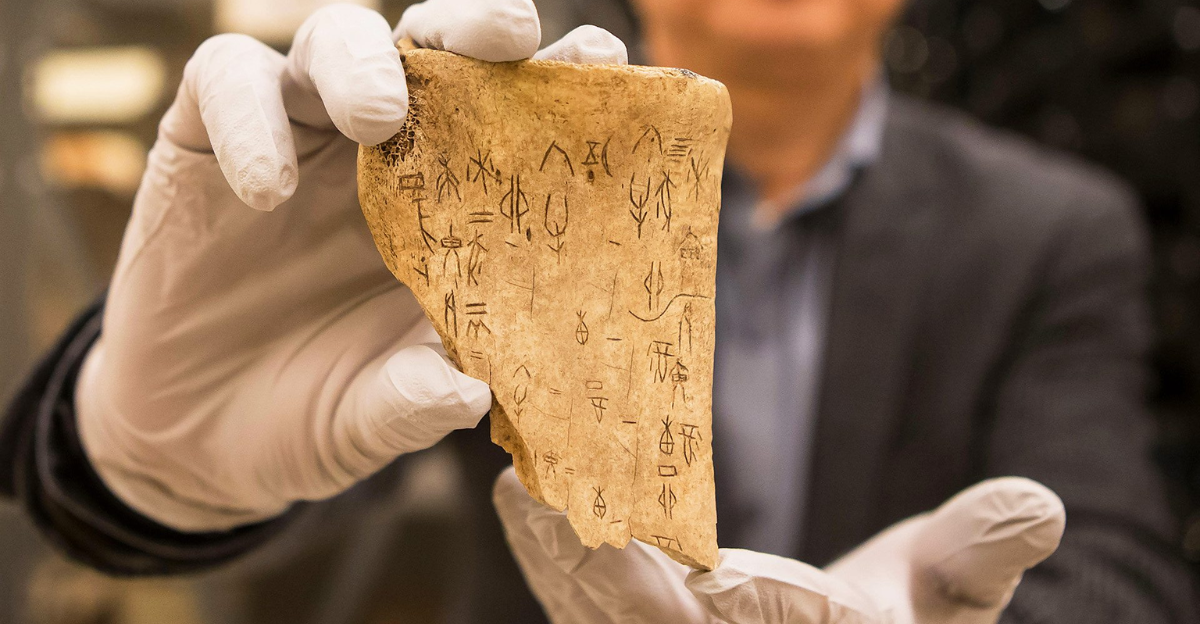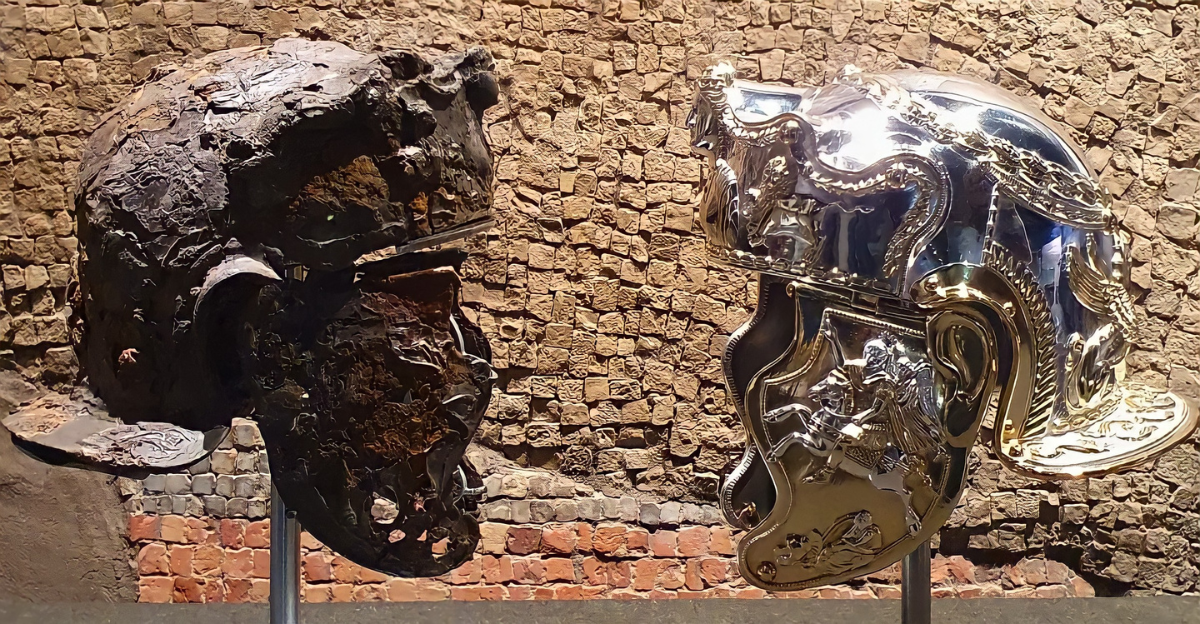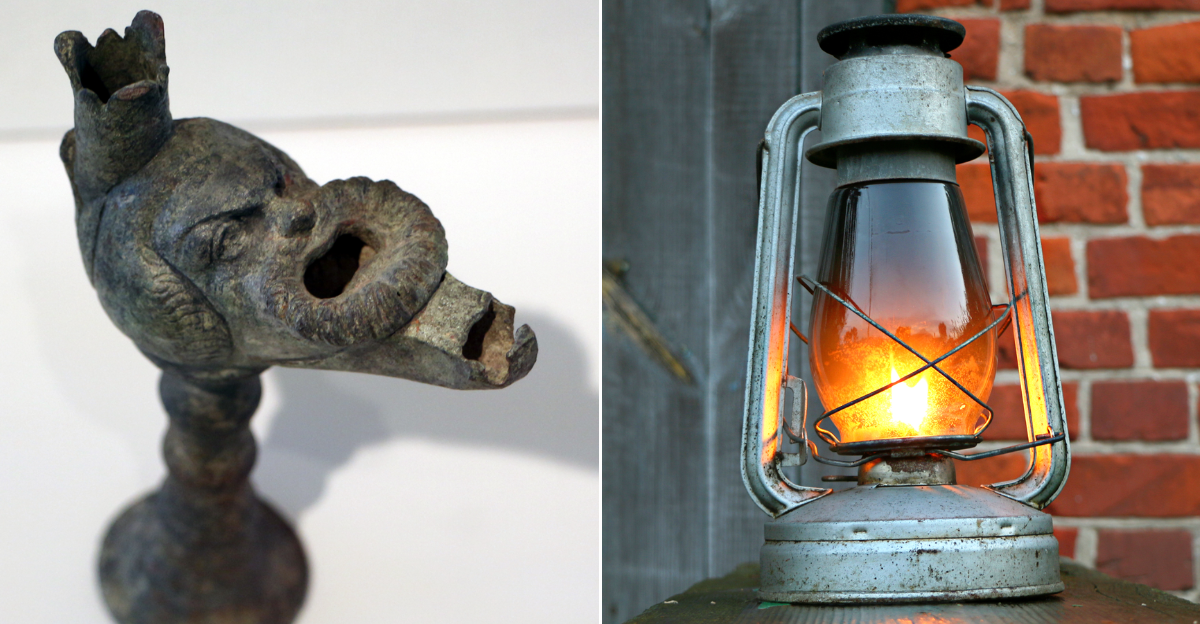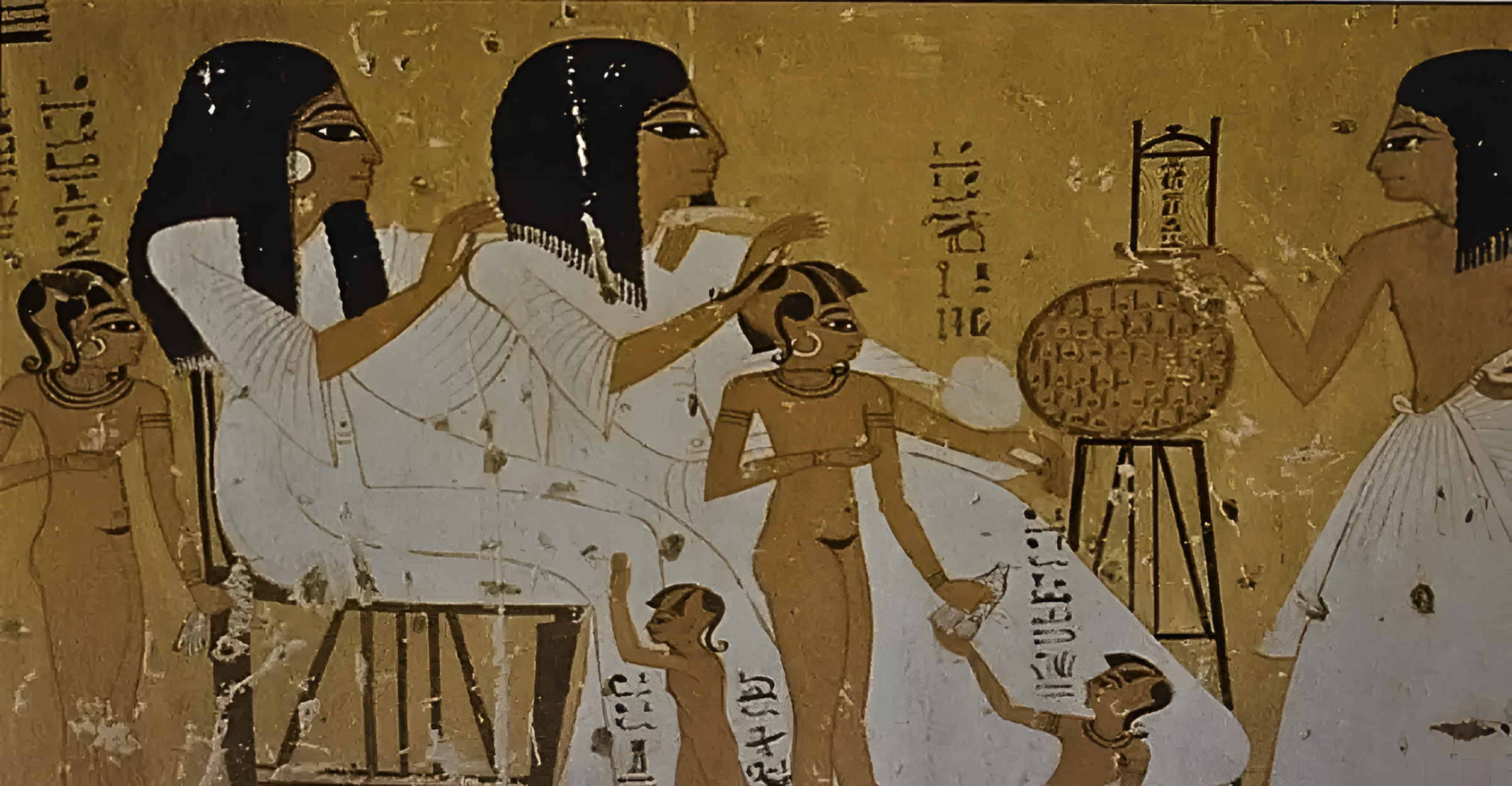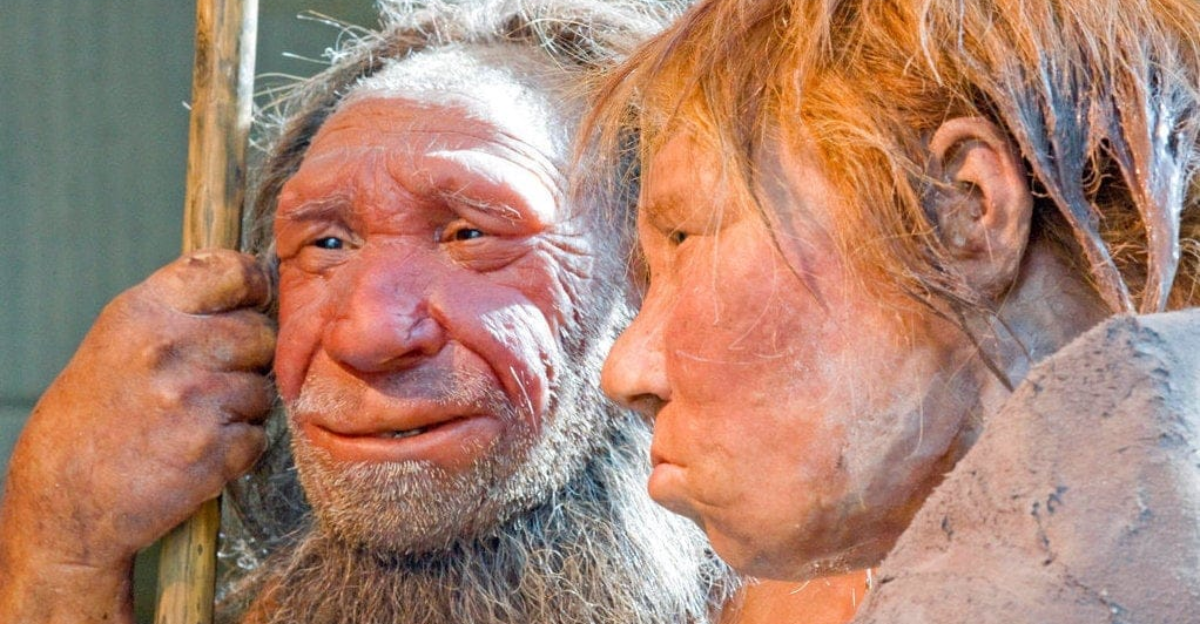
Scientists in 2025 had mapped the DNA of “Thorin,” a Neanderthal whose fossilized skeleton was found in the Rhône Valley of France. What they learned upended everything we ever learned about human evolution.
Thorin’s lineage had been isolated for 50,000 years—not mixing with neighboring Neanderthals, not coexisting with early modern humans, just a genetic island in a sea of change.
The skeleton is not another ancient remain; it’s a revelation that made us rethink the history of how man came to rule the Earth. And the ripple effects from this surprise are just beginning. So, just what has Thorin taught us about our ancestry and what does this mean for the future of archaeology?
The Secret Forces of Isolation
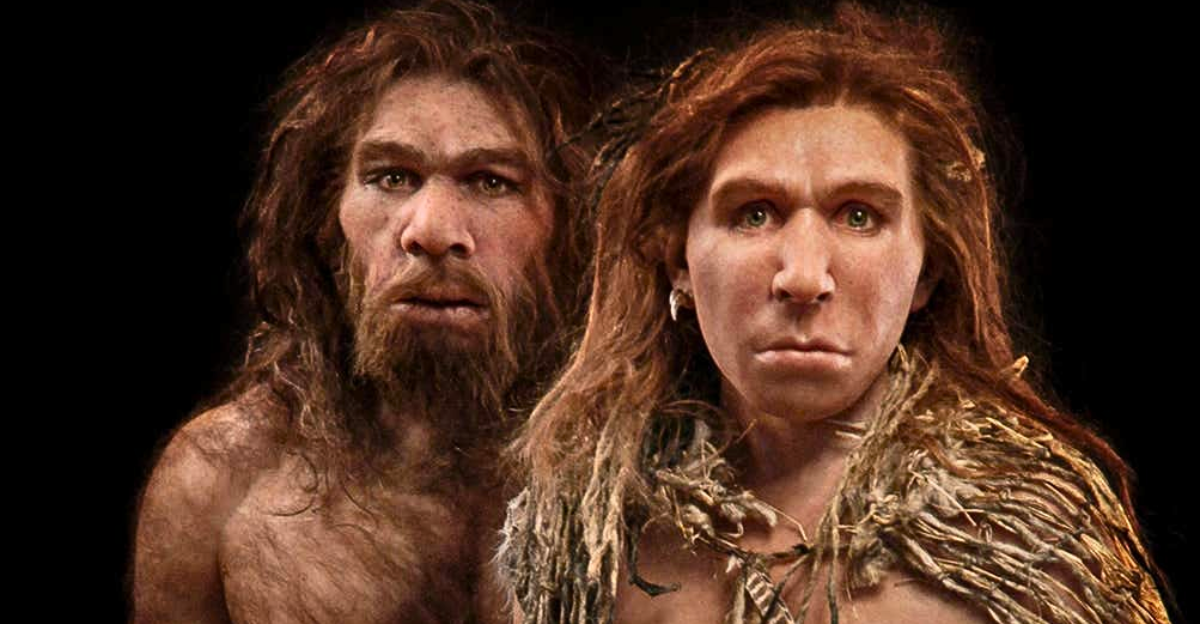
The question is: Why did a group of Neanderthals become isolated for thousands of years, cut off from their own kind? The answer lies in a combination of geography, climate, and social barriers.
The Rhône Valley, located in Southern France and characterized by its rivers and caves, was a natural safe haven. While waves of climate change and the arrival of Homo sapiens forced other groups of Neanderthals to move or evolve, Thorin’s tribe stayed put.
Their tools didn’t adapt to change, their genes didn’t mingle with others, and their community shrank. This isolation wasn’t a coincidence of fate—it was a slow-motion catastrophe, paving the way to extinction and revolutionizing human history.
Rethinking Our Own Story
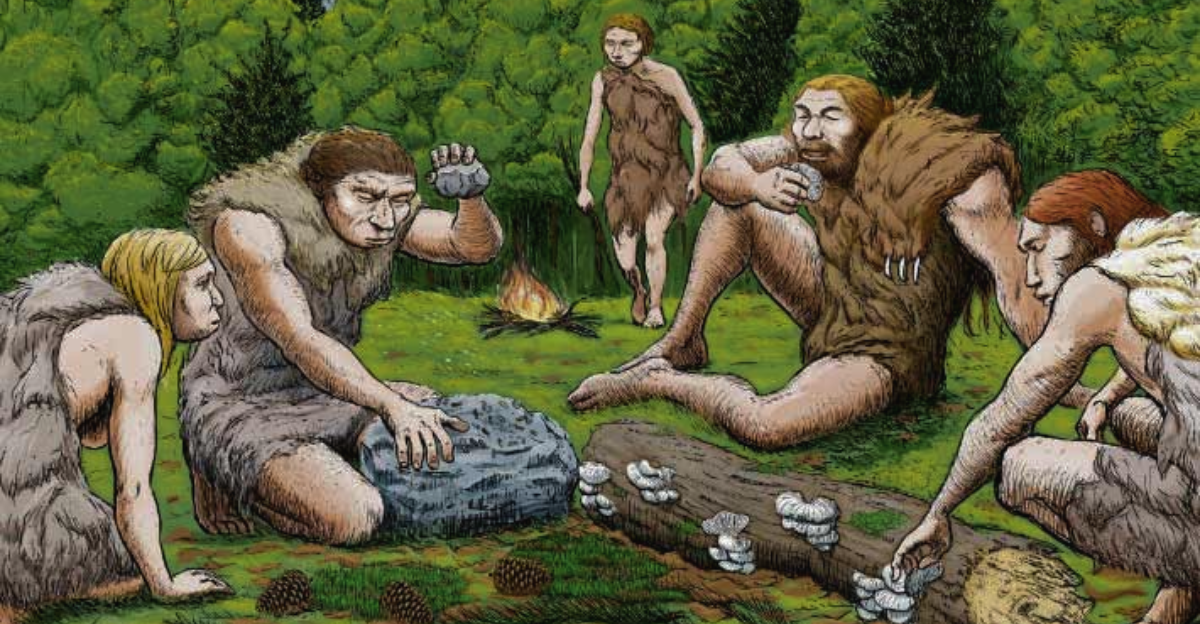
Thorin’s DNA forces us to confront a more tangled and uncertain human ancestry than we ever imagined. We used to think Neanderthals and modern humans often interbred, sharing ideas, resources and genes, which eventually became our own.
However, Thorin’s DNA paints a different picture: some Neanderthal populations, even though within walking distance of neighboring Neanderthal groups or early Homo sapiens, remained untouched for tens of thousands of years.
This leads us to wonder about our own genealogy. Maybe the genetic history we inherit is more fragmented and diverse than we previously thought. Now the story of human evolution isn’t a neat and linear line—it’s a tapestry of failed connections, dead ends, and individual stragglers.
The Scientific World Responds
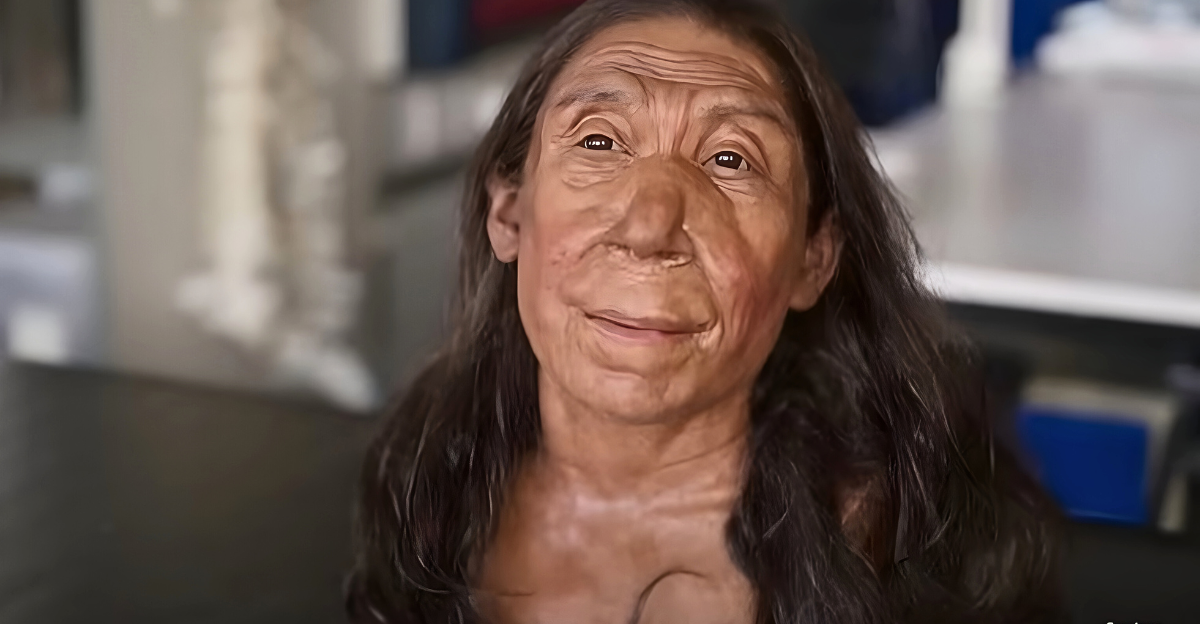
The Thorin genome sequence rattled archaeology and genetics to its core. The revelation that the Thorin tribe had been in complete genetic isolation forced scientists to question traditional beliefs on Neanderthal extinction, gene flow, and population dynamics, with calls to “rewrite everything” about the death of our closest relatives.
Since then, labs re-analyzed ancient bones, searching for other isolated lineages. While museums remounted exhibits, and journals debated migration, extinction, and adaptation. Even epidemiology took notice: what does genetic isolation mean for disease susceptibility or resistance?
Financial grants flooded into new digs and DNA facilities, as researchers scrambled to map the actual diversity of ancient humans. And, ultimately, the scientific consensus was upended—now, curiosity and doubt drive the quest for answers.
Changing How We Know Ourselves

With the myth of a unified, interconnected Neanderthal population debunked, public fascination with our ancient kin has skyrocketed. Documentaries, podcasts, and TikTok explanation videos explored and analyzed the isolated Thorin tribe, sparking debates about what it means to be human.
Schoolbooks began to emphasize diversity and isolation, not just progress and interbreeding. Even gene testing firms were challenged: how much of our “Neanderthal DNA” is truly representative, and what secrets do we still not know?
The debate shifted from triumph to tragedy, from domination to coexistence—and now, to the repercussions of isolation.
The Global Search for Lost Lineages
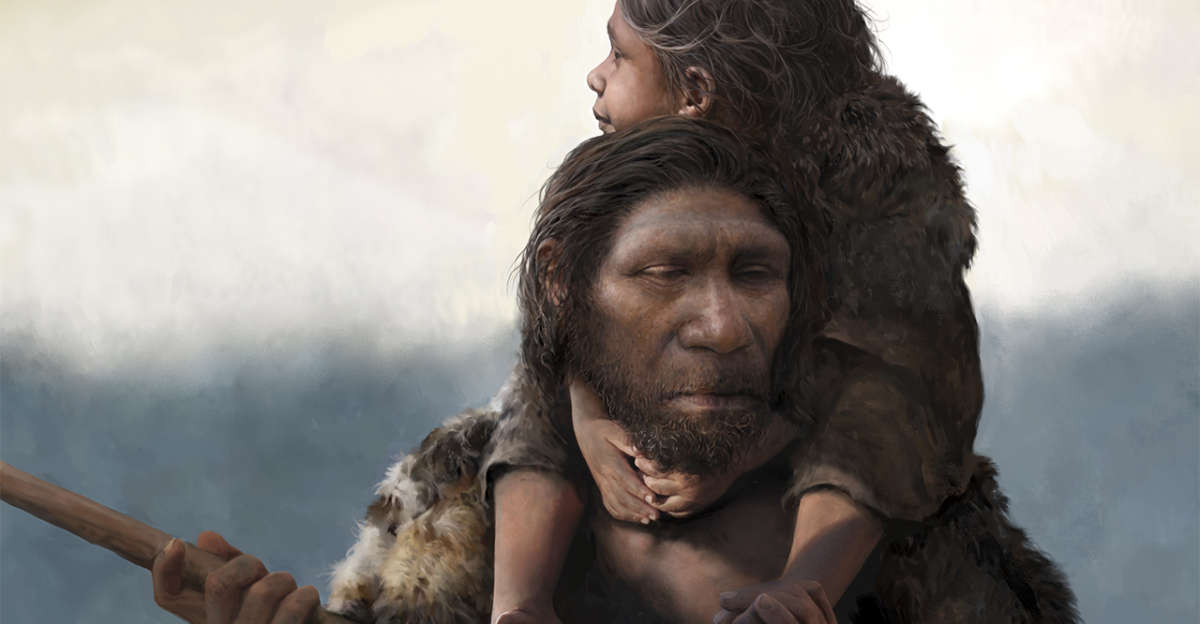
Thorin’s isolated DNA has sparked an international dash to find other lost human lineages, radically transforming the direction of paleoanthropological research. Scientists are now combing caves, river valleys, and remote landscapes from Spain to Siberia, using high-tech genomic techniques to extract DNA from even the smallest fragments.
Recent research has shown that Neanderthals experienced a drastic population decline, losing important genetic diversity and breaking into isolated small groups. This isolation was not limited to Western Europe, with similar patterns now being reported across Eurasia.
This suggests that human evolution repeatedly experiences isolation and collapse. Each new discovery reshapes our understanding of how deeply interconnected, yet perilously fragile, our evolutionary tree truly is.
Voices from the Caves
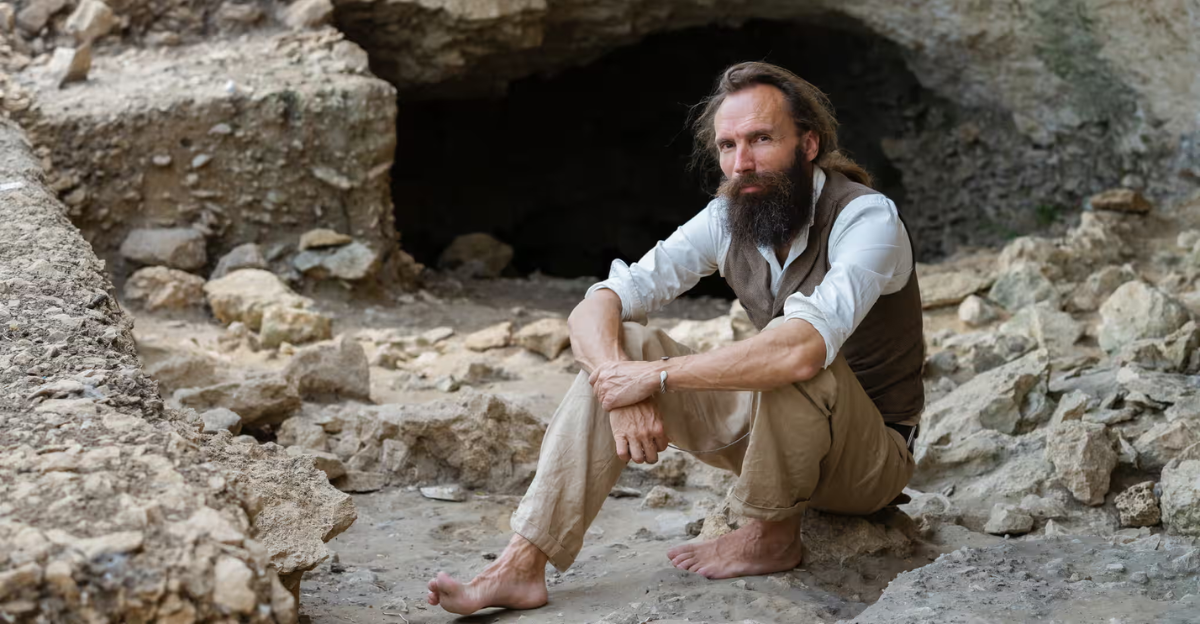
For French archaeologist Ludovic Slimak, who unearthed Thorin, the discovery was deeply personal. “Thorin the Neanderthal is also an end of lineage. An end of a way to be human,” he told interviewers.
Locals along the Rhône Valley embraced their new status as stewards of an earth-shattering site, hosting scientists and travelers in equal proportions. Further, native communities and historians weighed in, likening their own experiences of isolation and endurance to the isolated tribe.
The bones in the cave sparked heavy debates and conversations about identity, loss, and the fragile threads that connect us to our past.
Policy and the Politics of Prehistory
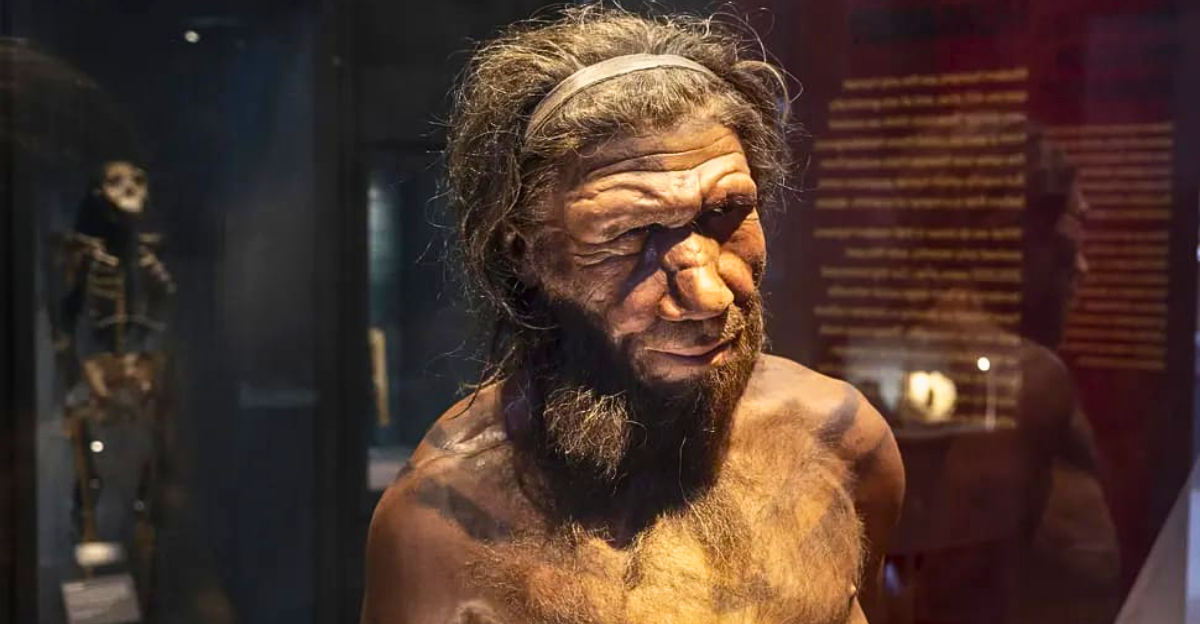
The news of Thorin’s DNA didn’t end in the lab—it made its way into government corridors. The discovery ignited fervent debates in policymaking and heritage conservation protocols, where the politics of yesterday became a battlefield for tomorrow.
Now, lawmakers and heritage officials fight over new protections for archaeological sites, fearing that climate change, site destruction, theft, and development would erase the evidence of our earliest beginnings.
Heritage science budgets soared, and international collaborations were encouraged and enhanced as the global importance of these discoveries were acknowledged. Some even argued that studying Neanderthal extinction would inform biodiversity and cultural heritage policy today.
What Now: A New Age of Discovery
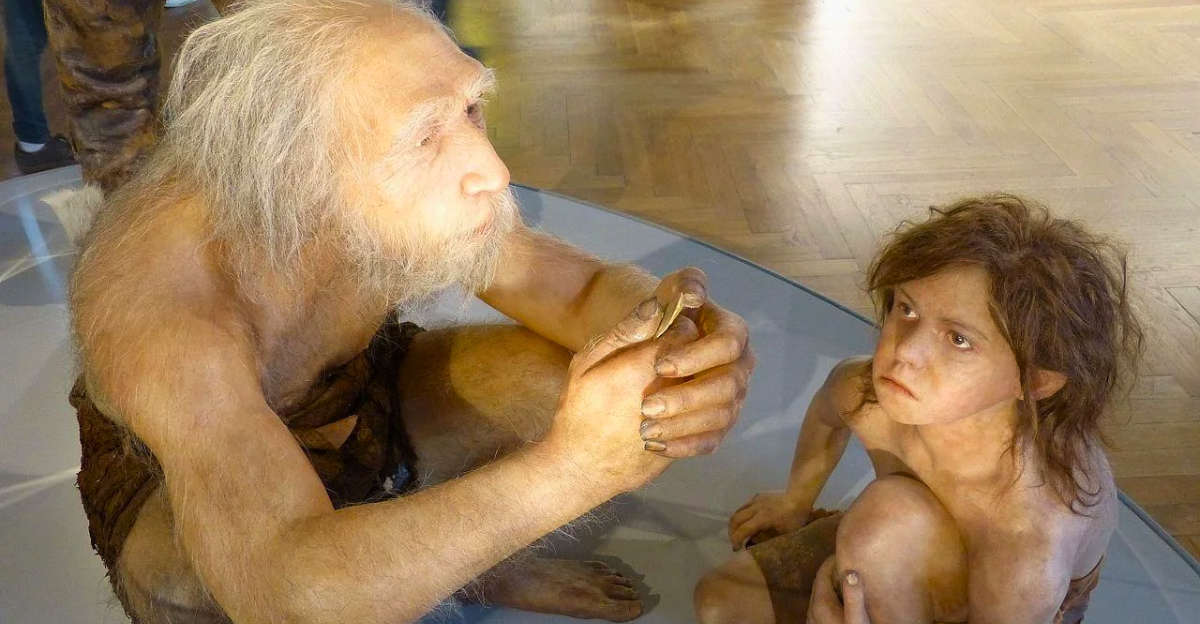
Thorin’s DNA has opened a new frontier in paleoanthropology, forcing scientists and researchers alike to rethink all their hypotheses about Neanderthal extinction and the rise of Homo sapiens. Now they recognize that the final chapters of Neanderthal history were shaped by fragmentation and prolonged isolation, not just by contact with modern humans.
As a result, a wave of fresh investigations has scientists refining ancient DNA extraction techniques, targeting overlooked sites, and developing more realistic models for how small, isolated groups respond to environmental pressure, disease, and competition.
Further, the search is on for evidence of contact, conflict, or cooperation between these populations and early Homo sapiens. With every new find, we can anticipate the ripple effects that will alter what we think we know about who we are.
The Ripple That Transformed Humanity
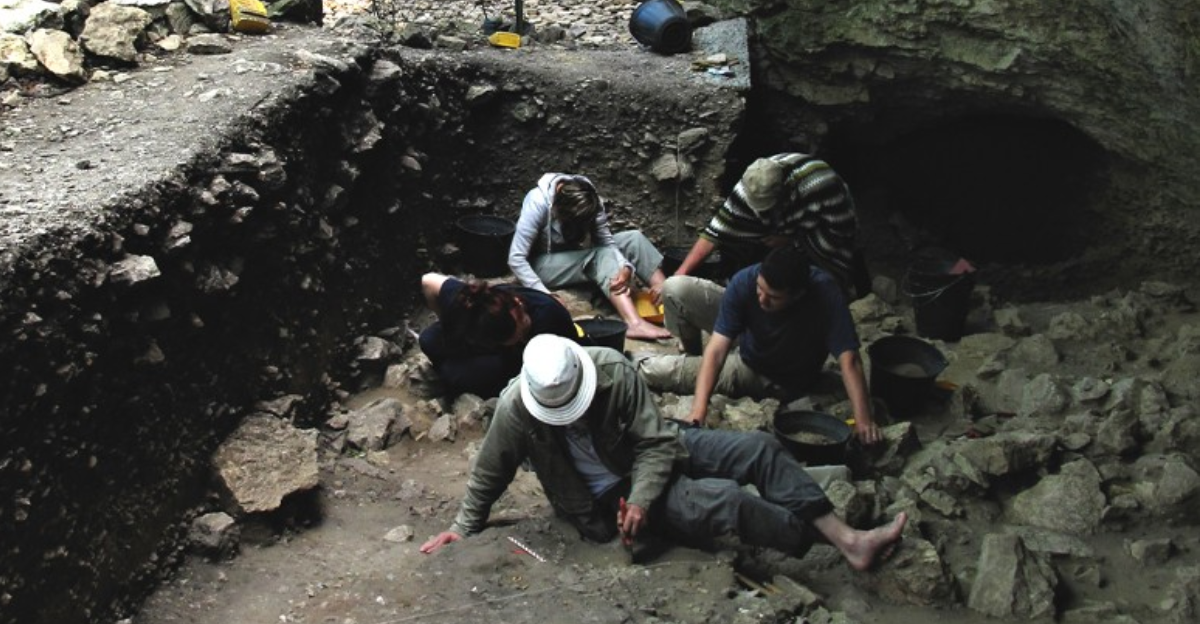
Slimak notes that “Everything must be rewritten”. So now the coming years will see increased interdisciplinary research, with archaeologists, geneticists, and ecologists collaborating to unravel the entire human story.
The “last Neanderthal” wasn’t so much a scientific discovery as it was a turning point in our understanding of what it means to be human. Thorin’s solitary genome reminds us that history is created as much by separation and connection as by loss and survival.
The ripples from this discovery affect everything: our science, our stories, our sense of self. And finally, the greatest revelation is that our past is not a single thread, but a tapestry of lives—some joined, some torn forever apart but each leaving echoes that create our future.

